Enhanced growth rate, sterility and disease resistance abut questions of escapes and welfare
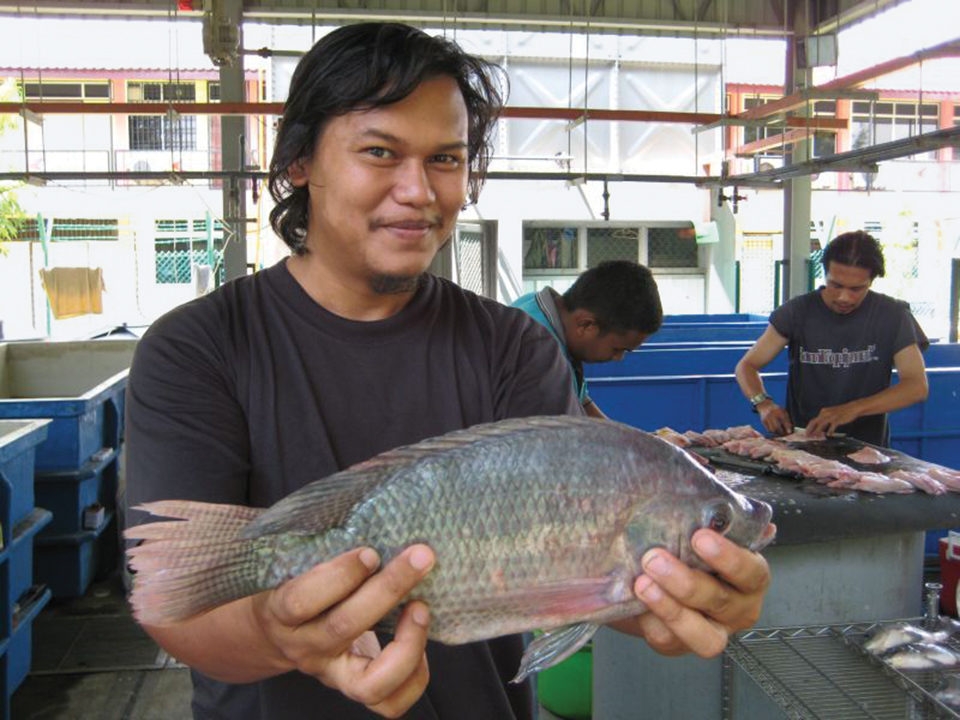
Transgenesis is the introduction of exogenous genetic material (DNA) into a host genome, resulting in its stable maintenance, transmission and expression. The first successes in producing genetically modified transgenic fish occurred in 1984 and 1985 with rainbow trout and goldfish. Since then, transgenic individuals in more than 35 aquatic animal species have been produced.
Advocates of transgenesis perceive it as an effective means of improving the productivity of aquatic animals. By contrast, opponents see it as a threat to both the environment and human health. Transgenic aquatic animals are also being produced for ornamental and pharmaceutical purposes.
Production of transgenic fish
Fish are very tolerant of genetic manipulations, especially in the early stages of development. There are various methods for foreign gene insertion, such as microinjection, electroporation and sperm-mediated gene transfer. The process of creating transgenic individuals generally involves the introduction of a DNA construct containing genes for the desired trait(s) into the pronuclei of fertilized eggs. This is followed by in vitro or in vivo incubation of the injected embryos and subsequent maturation into a fully developed transgenic organism.
Despite the progress made, however, some problems remain. Transgenesis can result in an unpredictable number of copies and site of integration of the transgene. Mosaicism, the condition in which not all cells in embryos have the targeted transgene, can occur. Further research should work with the DNA sequences of fish, rather than mammalian origin to increase public acceptance, and avoid sequences of bacterial or viral origin.
At the present time, several transgenic lines are nearing or have reached the stage at which they could be considered for commercial production due to their alleged growth potential. These include common carp in China, hybrid tilapia in Cuba, Nile tilapia in the United Kingdom, Atlantic salmon in Canada and mud loach in Korea.
Generally, at a country level, an assessment of food safety by national regulatory bodies is carried out before granting approval to genetically modified (GM) organisms to enter the food chain. Overall, the general public has shown very limited interest in and much concern over GM-related products.
Current and potential applications
Transgenesis has a number of potential applications.
Growth rate
The trait of growth rate has received the greatest attention because of its importance in aquatic animal production systems. Two- to threefold increases relative to nontransgenic fish have been reported for tilapia and Atlantic salmon, and up to twofold increases in common carp.
Precise estimates of the comparative performance of transgenic fish and the nontransgenic strains currently used by farmers are lacking due to difficulties in making rigorous comparisons, such as the large numbers of animals needed, the risks of escape of transgenics and the absence of any systematic means of benchmarking fish strains.
Freeze resistance
Resistance to freezing is the second major application of transgenesis to fish, but it is restricted to one species, the Atlantic salmon. The idea is to use “antifreeze” genes from fish that live in polar regions. This is still in an experimental phase, and there are fears about possible increased fitness and the invasive potential of the cold-resistant fish that may be created.
Disease resistance
If successful, developments of increased disease resistance could result in reduced production losses and less use of antibiotics to control disease. Whereas there are promising results with channel catfish in the United States, there is still more work to be done. Some fear that disease-resistant fish could be toxic to humans or become reservoirs for pathogens.
Metabolic modification
Some fish species used in aquaculture are highly dependent on high-protein diets. Wild-caught pelagic fish are used to manufacture their feed. If the carbohydrate metabolism of the fish could be improved, they could better use diets based on ingredients of land origin, such as soybean meal and vegetable oils. This area, too, remains in an experimental phase.
Sterility
The production of sterile fish would be an ideal means of containment of transgenic fish in production systems. Even if they escaped and became established in a water body, their presence would be limited in time since they could not reproduce.
The aim is to produce fish that are deficient in a critical path leading to successful reproduction, but whose infertility could be restored by exogenous means such as hormone injection. At present, this is still a hypothetical possibility, but some progress has already been made with rainbow trout.
Biomedical products
The generation of transgenic animals for high-value biomedical applications has gained wider public acceptance than for food production. The main application in this area includes the use of transgenic fish as bioreactors for the large-scale production of rare human therapeutic proteins or novel foods tailored for specific dietary requirements.
One example involves lines of tilapia engineered to produce human clotting factor VII, which is used in liver transplants and in treating injuries. However, the choice and modification of single genes to generate desired phenotypes and novel products remain challenging because important traits in fish are complex and controlled by multiple genes.
Objections and risks
Varied concerns regarding transgenic organisms have been expressed by consumer and environmental groups, as well as industry and scientific experts.
Procedure is ‘unnatural’
It is true that transgenesis is unnatural in the sense that the insertion of DNA material in transgenic animals would not take place without human intervention. However, public perception is not necessarily consistent, because not much is “natural” about artificial insemination, artificial incubation or farming in general, but these practices are generally accepted.
Undesirable properties could appear
The possibility that undesirable properties could develop is a real risk. Transgenic fish could produce new or modified proteins that, while neutral or beneficial to the fish, could be toxic to humans. Because of the possible “position” effects of transgenes, transgenic lines produced for human consumption should undergo continuous testing to ensure there is no human intolerance to the proteins produced.
What about escapes?
The impacts of escapes are of substantial concern. Containment of aquatic animals can be much more problematic than that of their terrestrial counterparts. If fish are not effectively contained, there could be long-term consequences through the introgression of transgenes into wild populations. Some evidence suggests that transgenic fish are generally less fit than wild fish, so the effects of escapes may not be as great as anticipated.
Even if transgenic fish were accepted from other viewpoints, rigorous containment measures must be adopted. These would vary in nature and include physical, geographical, thermal and biological containment. The possibility of producing sterile fish was mentioned earlier. Although the fish could not interbreed, they could still be viewed as alien to their environment and posing potential negative environmental impacts during the period they survive.
Animal welfare
There is growing concern about the welfare of transgenic fish. They generally show reduced swimming ability and lower reproductive performance than nontransgenic fish. The transgenic fish are also more active and aggressive when feeding, and more willing to risk exposure to predation. It is possible that changes in cognitive abilities or brain function and structure have occurred in transgenic fish. Further research is needed to address species-specific welfare concerns.
Selective breeding
Whereas transgenesis presents a potentially effective solution for advancing desired traits in fish, conventional selective breeding based on quantitative genetics is an approach that has been used in all genetic improvement programs implemented by WorldFish with its partners from Africa and Asia.
Because of their widespread culture in developing countries and desirable attributes, the two species on which WorldFish has predominantly focused in genetic improvement are tilapia and carp. For both, substantial improvements in growth rate have been achieved using a conventional selective-breeding approach without undesirable correlated responses. Unfortunately, no rigorous comparisons have been made between selectively bred strains and transgenics. Such comparisons would be valuable in the assessment of the potential benefits of transgenics.
Growth rate can be effectively improved by conventional means, whereas improvements in traits such as disease resistance or tolerance to environmental challenges are more difficult to achieve. Transgenesis is likely to be most useful with the latter type of trait in the future.
Whereas some growth-enhanced transgenics may soon find their way to commercial use, it is unlikely that transgenics with other, potentially more useful traits will become available for at least five years. In any case, all commercial applications will have to overcome the hurdles of consumer acceptance and demonstrating minimal impacts on the environment and biodiversity.
(Editor’s Note: This article was originally published in the September/October 2008 print edition of the Global Aquaculture Advocate.)
Now that you've reached the end of the article ...
… please consider supporting GSA’s mission to advance responsible seafood practices through education, advocacy and third-party assurances. The Advocate aims to document the evolution of responsible seafood practices and share the expansive knowledge of our vast network of contributors.
By becoming a Global Seafood Alliance member, you’re ensuring that all of the pre-competitive work we do through member benefits, resources and events can continue. Individual membership costs just $50 a year.
Not a GSA member? Join us.
Authors
-
Dr. Raul W. Ponzoni
Scientist, Aquaculture and Genetic Improvement
WorldFish Center
P.O. Box 500 GPO
10670 Penang, Malaysia -
Dr. Nguyen Hong Nguyen
Scientist, Aquaculture and Genetic Improvement
WorldFish Center
P.O. Box 500 GPO
10670 Penang, Malaysia
Tagged With
Related Posts
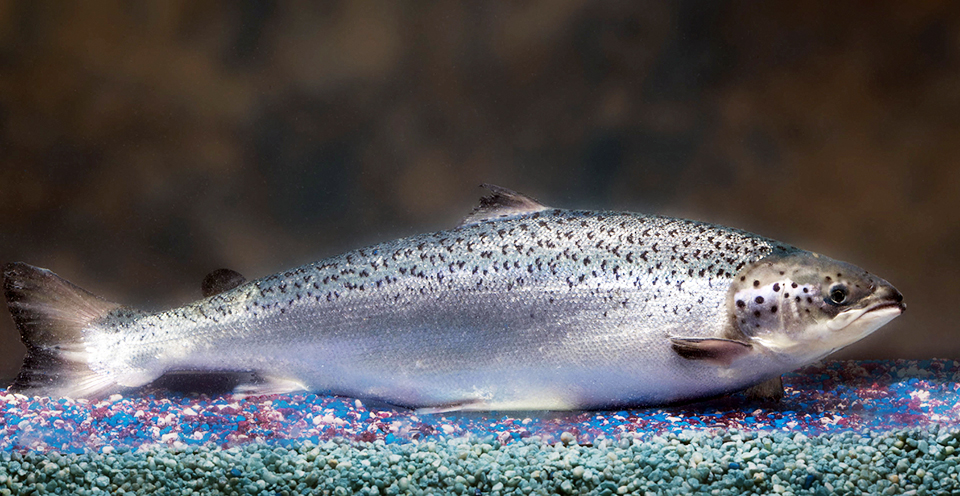
Intelligence
A brief look at genetically modified salmon
If approved by FDA, fast-growing genetically modified salmon will provide a safe and nutritious product similar to other farmed Atlantic salmon.
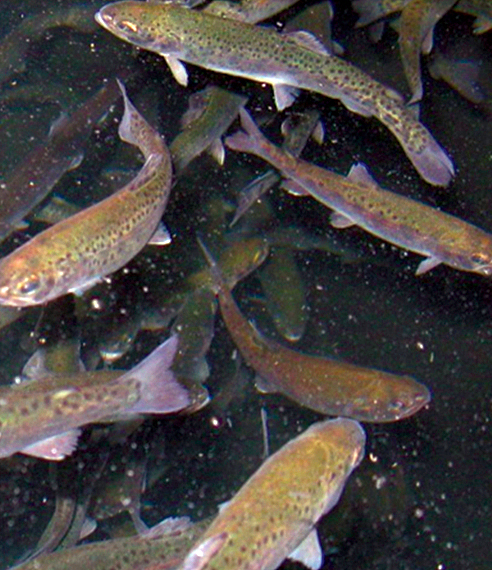
Aquafeeds
Alternative lipids spare fish oil in rainbow trout feeds
Alternative lipids have achieved varied success in ensuring adequate growth and fatty acid composition in fillets. The authors evaluated rainbow trout raised on diets containing fish oil or a blend of fish and standard or modified lipids varying in fatty acid composition.
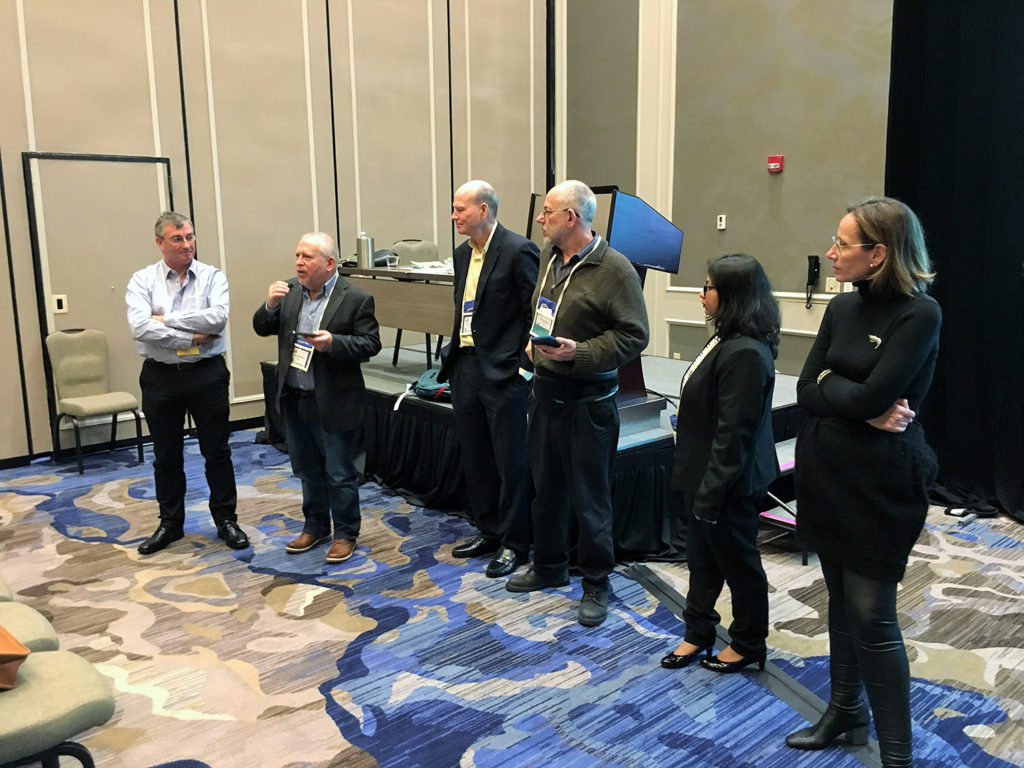
Intelligence
Aquaculture 2019: Triennial meeting examines global industry status
The triennial Aquaculture 2019 meeting – which also celebrated the 50thanniversary of the World Aquaculture Society – featured all segments of the aquaculture value chain during 104 technical sessions.
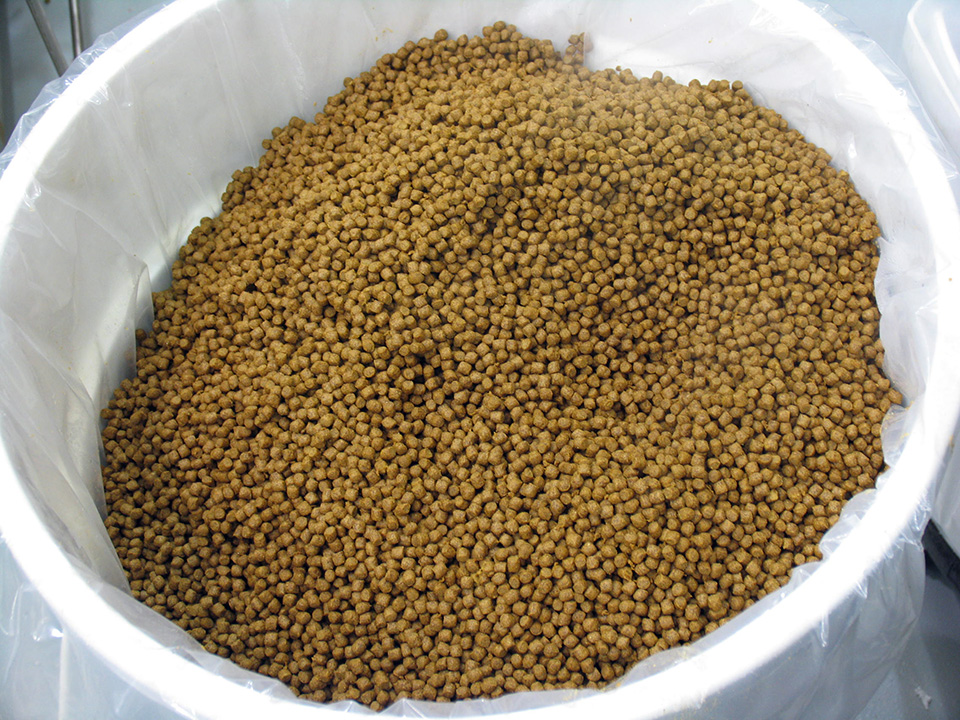
Aquafeeds
Biotechnology could combine positive traits in seed-based fish feed
Biotechnology offers a potential avenue to overcoming the negative traits of seeds and enhancing feed performance to improve fish health.


